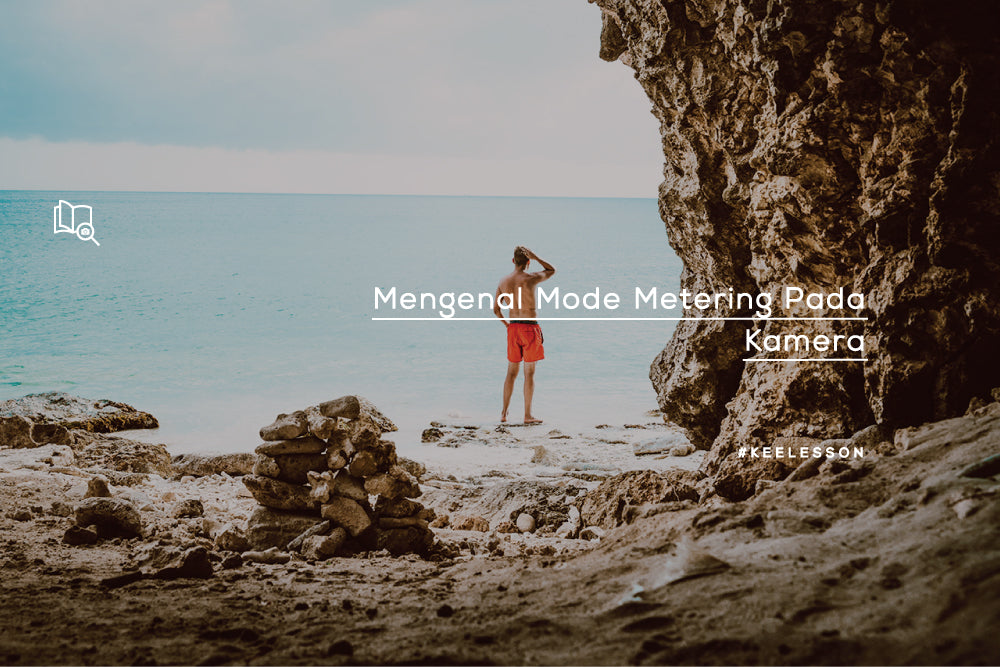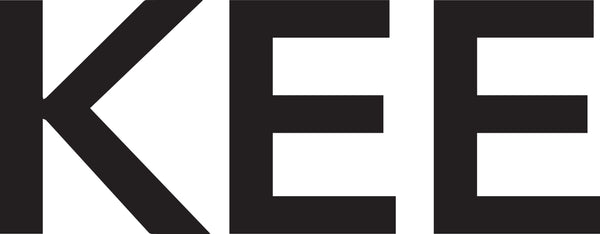
Get to know the Metering Mode on the Camera
Share
You have certainly heard about metering. The function of metering is to measure light conditions in order to get the right exposure.

There are 2 types of metering, metering that is embedded in the camera or usually called TTL (through the lens) and another is metering with a tool, a handheld light meter. The metering system embedded in the camera is capable, but usually in unusual light conditions the metering on the camera can be wrong in determining exposure.
TTL metering is a tool that regulates and determines the combination of shutter speed and aperture based on the ISO used and the existing lighting. TTL metering can automatically adjust to external factors such as the filter used, because it is different from a separate light meter.
There are 3 types of metering modes, each type is designed to measure light in a different way. Then you can determine the right metering mode for your needs. Several metering modes:
1. Evaluative metering (evaluative measurement)
The advantage is that this type of metering is rarely wrong in determining the brightness of objects. But the disadvantage of this type of metering is that if you are photographing a scene where there is an area that has a different brightness level from other areas, this type of metering won't work well. The way this metering mode works is by dividing the image into several areas, then measuring the light in each area and analyzing the results to determine the brightness of the object.


Source : https://snapshot.canon-asia.com
2. Spot metering (local measurement)
The advantage of this type of metering is that it can handle different lighting conditions. The drawback with this mode is that measurements are taken only in a narrow area, so if you choose the wrong area, it can result in wrong exposure for the entire photo. This mode can only measure light in the center of the image.

 3. Center-weighted metering
3. Center-weighted metering
The advantage of this mode is that the light measurement is prioritized in the center, but also ensures that other parts receive the light properly. The drawback is that it is less effective when used for small objects. The lighting of the entire image depends on the object in the center of the photo.



